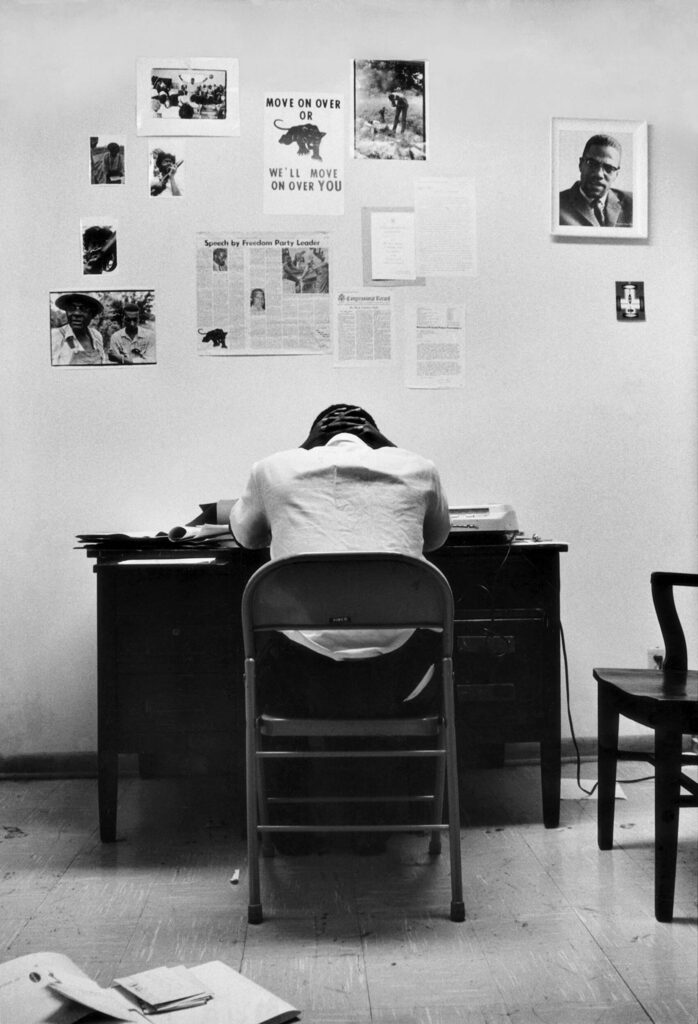In fall 1966 the American photographer and writer Gordon Parks (1912–2006) was contracted by Life magazine to profile 25-year-old Stokely Carmichael, one of the most maligned and misunderstood men in America. On October 16, 2022 the exhibition Gordon Parks: Stokely Carmichael and Black Power opened at the Museum of Fine Arts, Houston (MFAH), presenting the five images from Parks’ 1967 Life article, along with nearly 50 additional photographs and contact sheets that have never before been published or exhibited and footage of Carmichael’s speeches and interviews.
In fall 1966 the American photographer and writer Gordon Parks (1912–2006) was contracted by Life magazine to profile 25-year-old Stokely Carmichael, one of the most maligned and misunderstood men in America. On October 16, 2022 the exhibition Gordon Parks: Stokely Carmichael and Black Power opened at the Museum of Fine Arts, Houston (MFAH), presenting the five images from Parks’ 1967 Life article, along with nearly 50 additional photographs and contact sheets that have never before been published or exhibited and footage of Carmichael’s speeches and interviews.

Kujichagulia
This robust vision for a Black, self-determined future combined Black unity for social and political advancement, the breaking of psychological barriers to self-love, and self-defense when necessary. Yet, media organizations dissected and defined Black Power for white audiences with various levels of prejudice and fear, and Carmichael was cast as a figure of racial violence—a distortion of his character and his message.
On the road with Carmichael and the SNCC that fall and into the spring of 1967, Parks took more than 700 photographs as Carmichael addressed Vietnam War protesters outside the U.N. building in New York, with Martin Luther King, Jr.; spoke with supporters in a Los Angeles living room; went door to door in Alabama registering Black citizens to vote; and officiated at his sister’s wedding in the Bronx. In his finely drawn sketch of a charismatic leader and his movement, Parks, then the first Black staff member at Life magazine, reveals his own advocacy of Black Power and its message of self-determination.







GIPHY App Key not set. Please check settings